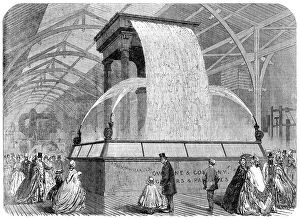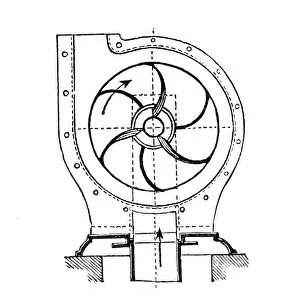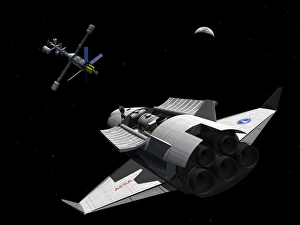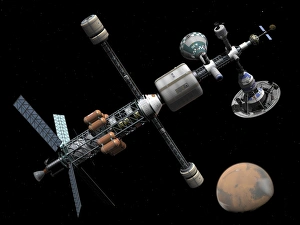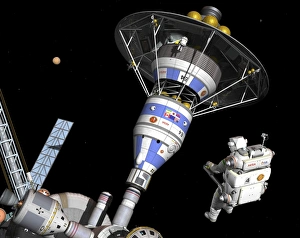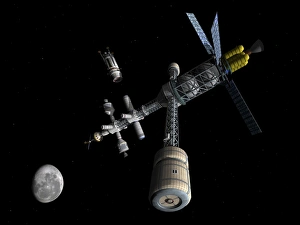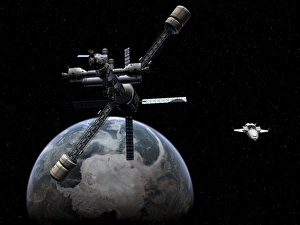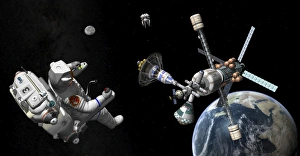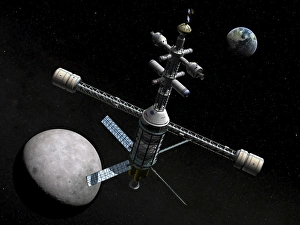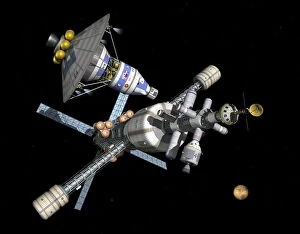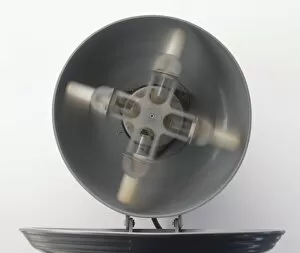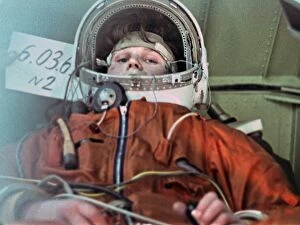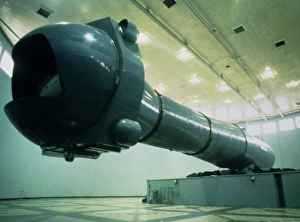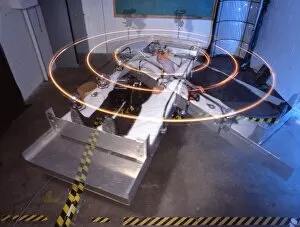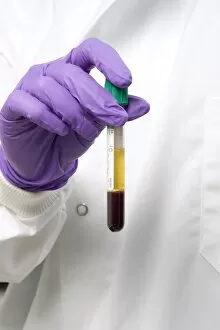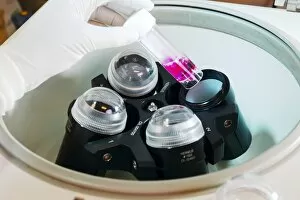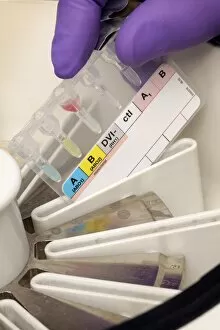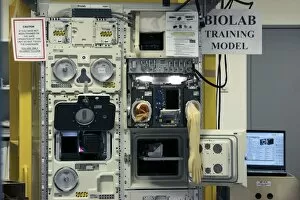Centrifuge Collection
"The Centrifuge: Revolutionizing Science and Exploration" From its inception in 1882 to the cutting-edge advancements of today
All Professionally Made to Order for Quick Shipping
"The Centrifuge: Revolutionizing Science and Exploration" From its inception in 1882 to the cutting-edge advancements of today, the centrifuge has played a pivotal role in various fields of research and innovation. Take a journey through time as we explore the significance of this remarkable device. In 1955, the R. A. F. Centrifuge emerged as a breakthrough technology, pushing the boundaries of human endurance during high-speed flight simulations. This incredible invention paved the way for safer aviation practices and propelled us into new frontiers. Delving deeper into scientific realms, researchers harnessed the power of centrifugation to study dividing cells in biological research labs like F005/0935. These experiments unlocked secrets about life's building blocks, unraveling mysteries that had long perplexed scientists. Venturing beyond Earth's atmosphere, astronauts underwent rigorous training inside gondolas during centrifuge sessions at MSC (1 Nov. 1968). These brave individuals prepared themselves for space exploration by subjecting their bodies to intense gravitational forces—a testament to humanity's relentless pursuit of knowledge. But it wasn't just science that benefited from this ingenious contraption; industries also reaped its rewards. In 1963, workers at AT Green & Sons Ltd foundry utilized centrifuges for quality control purposes—checking finished castings with precision and efficiency in Rotherham, South Yorkshire. The versatility of centrifuges extended beyond laboratories and factories; they found their place even in everyday machinery such as finishing machines and centrifugal drying machines. Their ability to separate substances based on density revolutionized countless industrial processes across diverse sectors. Looking towards future horizons, concepts like lunar cyclers and manned Mars landers captivated our imaginations. A generation space shuttle rendezvousing with a lunar cycler or an astronaut inspecting a manned Mars lander became visions that could soon turn into reality—all made possible by leveraging advanced technologies like centrifuges.



